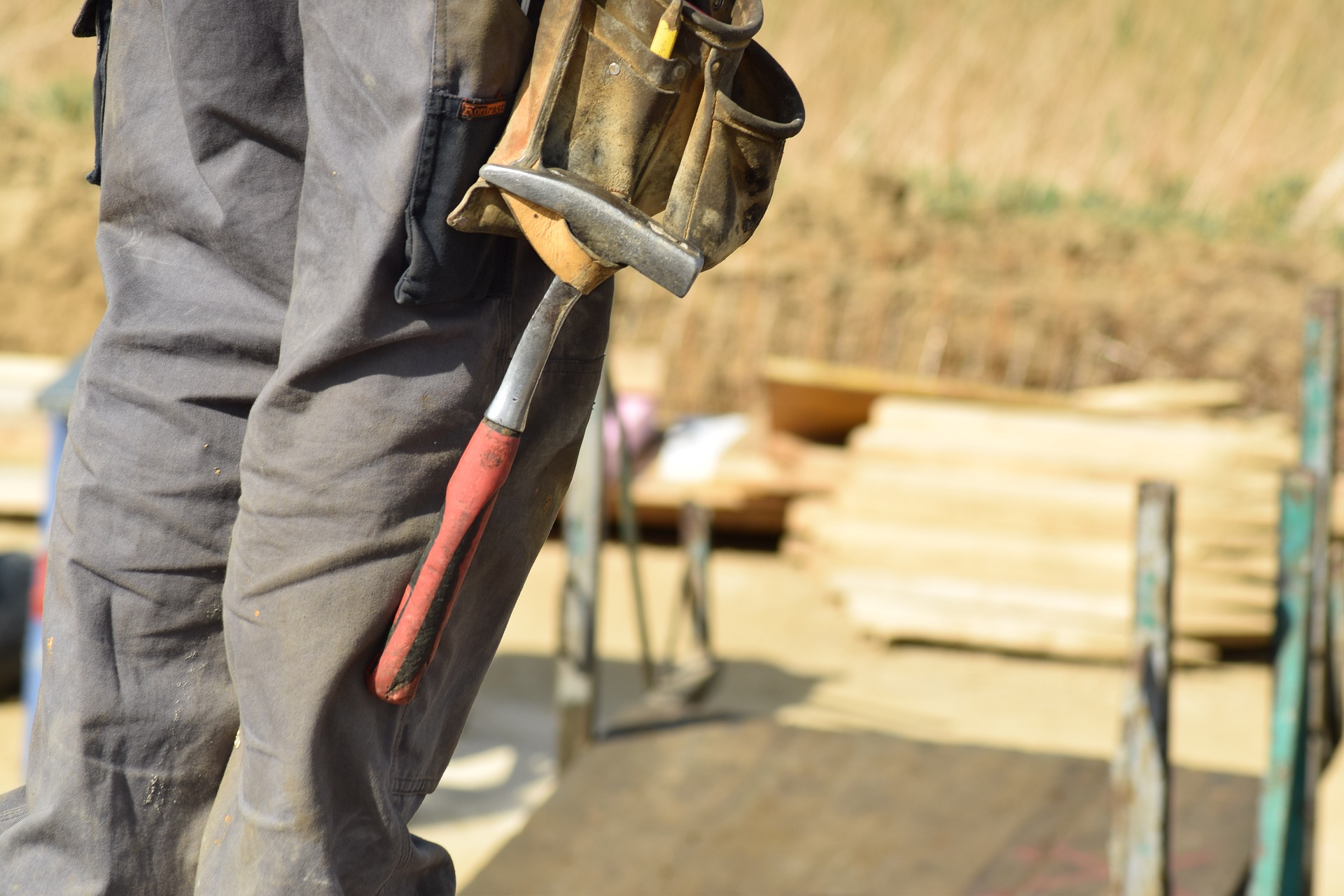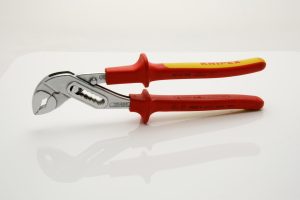The large-scale nature of most commercial buildings makes choosing and installing an HVAC system a demanding task. Determining the kind of HVAC system that will best suit a commercial project must be done early on so that necessary adjustments to the structure’s ductwork can still be made.
There are numerous factors that play a role in the selection/installation of a commercial HVAC system, such as cost, the size of the structure you need to heat/cool, and sometimes even climate. Many older commercial structures have been equipped with over-sized and inefficient HVAC systems that require excessive energy usage. As a result, numerous commercial buildings must undergo a retrofitting process to replace the older equipment with new equipment.
To prevent exponential energy costs and a tedious retrofitting process, commercial contractors should assess the most energy-efficient and cost-effective HVAC options from the start. There are a few options that are popular for commercial construction projects.

CAV VS. VAV
Previously, constant air volume (CAV) HVAC systems were installed in commercial buildings due to their effectiveness and affordable installation. CAV systems provide constant airflow at a variable temperature. In other words, the fan and compressor operate at full capacity until the goal temperature is reached, shutting the compressor off.
The downside of this functionality is that the constant on/off cycling is not very energy efficient. While it is cheaper to install this kind of system, it’ll end up skyrocketing the energy bills. Variable air volume (VAV) systems differ from CAV systems by supplying a variable airflow at a constant temperature. This system continually adjusts the airflow transported through the ductwork to keep a space at a steady temperature, foregoing the on/off cycling feature that CAV systems rely on.
Although VAV systems are more expensive to install, they retain a much higher long-term payoff due to reduced energy costs. All modern-day commercial projects should be equipped with VAV systems for better performance and cost-effectiveness.
HEAT PUMPS VS. ROOFTOP UNITS
Heat pumps are a popular choice for commercial construction projects due to their practicality. Working much like a refrigerator, heat pumps transfer energy from one location to another. For air conditioning purposes, they extract heat from the indoor space and transfer it to the outdoors. For heating, they apply this process in reverse.
While heat pumps are common and relatively energy efficient, they tend to have a short lifespan, shortened even further by the demanding energy load of larger commercial structures. For commercial buildings, the most viable option will be a packaged rooftop unit.
Built to withstand high energy loads, packaged rooftop units have quickly become the go-to for commercial structures. Most split-system HVAC units contain two components: an outdoor cabinet (containing the compressor, fan, and a condenser coil), and an indoor cabinet (containing dampers, a blower, an air handler, an evaporator coil, and connections to the ventilation system). With rooftop units, all these elements are housed in one place within the unit itself, saving a significant amount of space.
Furthermore, should rooftop units need to be serviced, they are far more accessible than other kinds of HVAC systems. Maintenance can be easily conducted without disruption to workspaces or offices housed within the commercial building.
Rooftop units are also highly effective for areas with high humidity due to their ability to be connected to a humidistat to control humidity levels within the building.
MAKING THE RIGHT DECISION
Picking the right HVAC system for your commercial project is more than just determining the right kind of airflow and heating/cooling components. Correct sizing of the HVAC system should also be taken into account. There are numerous factors that can impact what size HVAC system is needed, such as the number of windows, amount of insulation, overall climate, and building shape/design. Due to this, it’s best to consult an HVAC professional for an accurate cooling/heat load calculation. However, estimates can be made with the use of some formulas.
Heat load calculation can generally be determined by the square footage of the space multiplied by the height of the ceilings, which is then multiplied by the difference in the indoor desired temperature and outside temperature at any given time. This is then multiplied by .135 to identify that the structure in question is sealed. The final product should be considered in BTUs but viewed as a conservative estimate.
Cooling load calculations can be a little more complex. The square footage of the building should again be multiplied by the height of the ceilings, but this number should then be divided by 500. This result should then be multiplied by 12,000 to account for the number of BTUs the system will need to remove to cool the space. For each person that will be working in the space (assume max occupancy), 380 BTU should be added. For each window, 1,000 BTU should be added, as well as 1,200 BTU for each kitchen in the building. The final product should result in the amount of BTU needed to cool the building.
Between the cool load and heat load calculations, a reasonable BTU-load can be deduced. However, due to the fact that air conditioners are measured in tons, some conversion will be necessary:
- 100,025 to 125,000 BTU = 8 to 10 tons
- 125,025 to 150,000 BTU = 10 to 12 tons
- 150,025 to 175,000 BTU = 12 to 13 tons
Correct sizing of the HVAC system is just as important as the HVAC system itself. With modern trends and energy-efficiency incentives, it’s important to consider all of the options. Contemporary commercial construction is veering toward packaged rooftop units as the HVAC system of choice, which have proven to be reliable and versatile in the many features they offer. In accordance with the overwhelming number of building codes and ecological perspectives to consider, a rooftop VAV system seems to be the failsafe choice.





